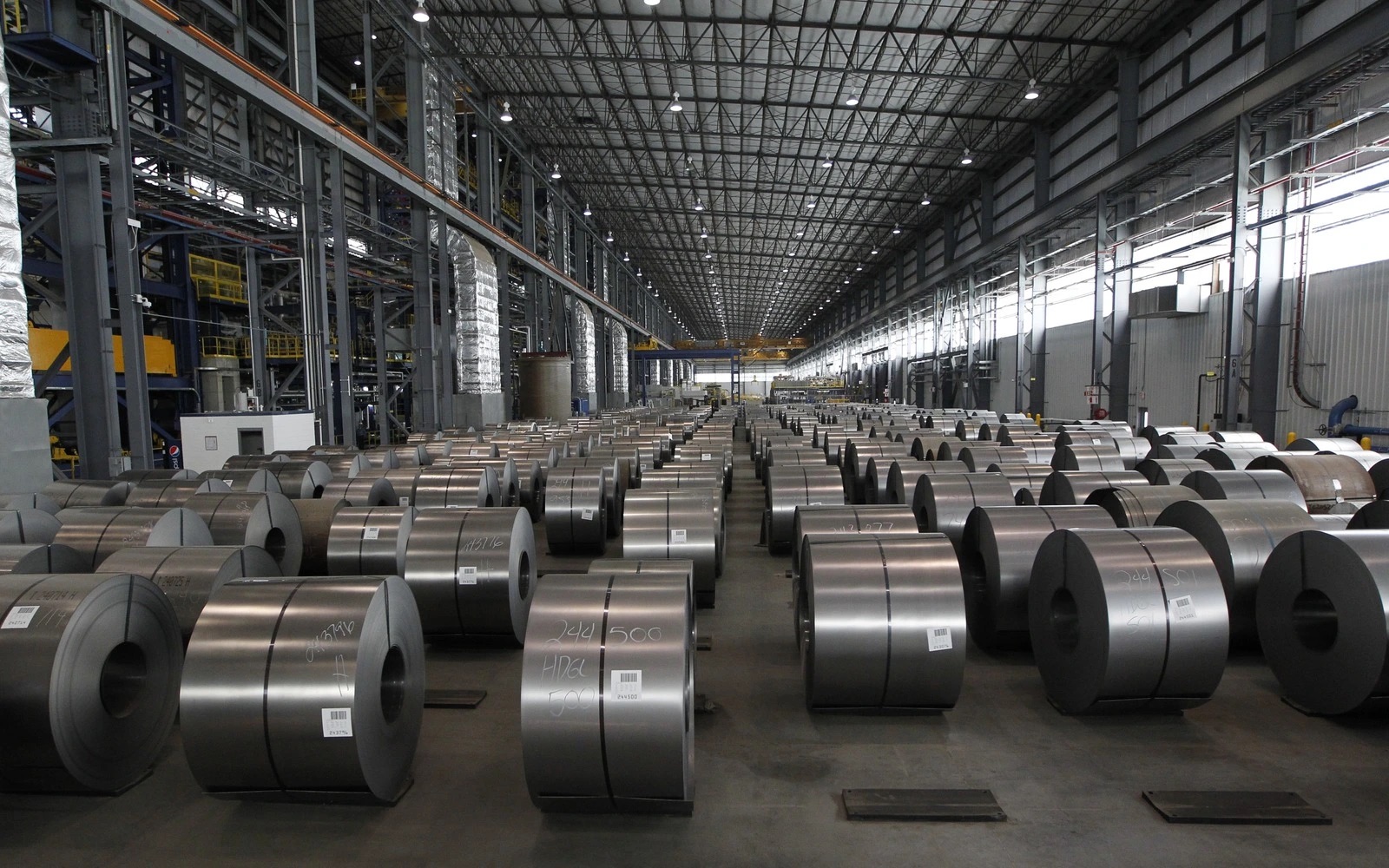
In March, shortly after taking office, President Donald Trump announced tariffs on steel and aluminum. The Canadian federal government acted almost instantly with their own second round of retaliatory tariffs. These provisions have raised hackles in the auto industry, which is thoroughly interlaced across the entire United States and Canada. Flavio Volpe, President of the Automotive Parts Manufacturing Association, expressed his opposition to the tariffs that they put the entire auto sector at risk by injecting enormous uncertainty. As industries continue to come to terms with the economic effects that are yet to come, recent news has provided scant hope.
Auto Sector’s Dependency on Cross-Border Trade
The auto sector’s heavy dependence on trade across the Canada-U.S. border makes clear just how serious that situation is right now. Volpe made it clear that the U.S administration’s announcements and threats are increasing instability. Worse, this gambit threatens the long-term viability of the big three General Motors and Ford.
“He’s putting the future of General Motors and Ford at risk,” – Flavio Volpe
This uncertainty is made worse by the prospect of tariffs dealing a particularly painful blow to sectors that depend on exporting to the U.S. American customers south of the border could decide to purchase less stuff. They may do so to domestic replacements, which would further disturb the delicate balance of Canadian industry.
The Canadian Chamber of Commerce has recently entered the fray. Executive Vice-President and Chief of Public Policy, Matthew Holmes, says we can expect broad-based tariffs in the immediate and long-term future. Holmes reached redress through the courts, but he stressed the fact that the sole threat of tariffs is enough to rattle industries on both sides of the border.
“From the very beginning … there’s been nothing predictable or consistent about any of this, and that’s part of the point,” – Matthew Holmes
Volpe’s Frustration and Ongoing Talks
Volpe’s comments mirror the frustration of many of those in industry facing an uncertain and unstable trade landscape. He explained that the president’s ongoing threats of tariffs on imports do not help comfort the auto industry. In the meantime, though, talks to roll back or delay some of the measures are continuing.
“The fact is, the president has threatened multiple layers and types of tariffs on Canada and specifically for the auto sector, and the idea that they may be willing to put some off, while still talking about putting a universal tariff on Canadian goods on April 2 is zero comfort,” – Flavio Volpe
Holmes described how this unpredictability seems to be intentional. It intends to penalize businesses that operate outside the United States.
“The uncertainty, the constant shifting ground, that is part of the intent behind these. It’s to make it more costly and less attractive to do business outside of the United States,” – Matthew Holmes
As industries brace for potential impacts, speculation arises regarding changes in tariff details set for April 2. Until concrete impacts are experienced in the U.S. economy, skepticism persists along with any resistance to White House political maneuvering.
“Until a tariff comes into effect and it affects the U.S. economy … I’m not confident that anybody is going to be able to push the White House back from what it’s threatening to do,” – Flavio Volpe
What The Author Thinks
The uncertainty surrounding the upcoming tariffs is creating a significant amount of instability for industries that rely on cross-border trade, particularly in the auto sector. The unpredictable nature of these threats only serves to increase the challenges these industries face and undermines their ability to plan for the future. The lack of clarity from the U.S. administration continues to hinder economic stability.
Featured image credit: FMT
Follow us for more breaking news on DMR
